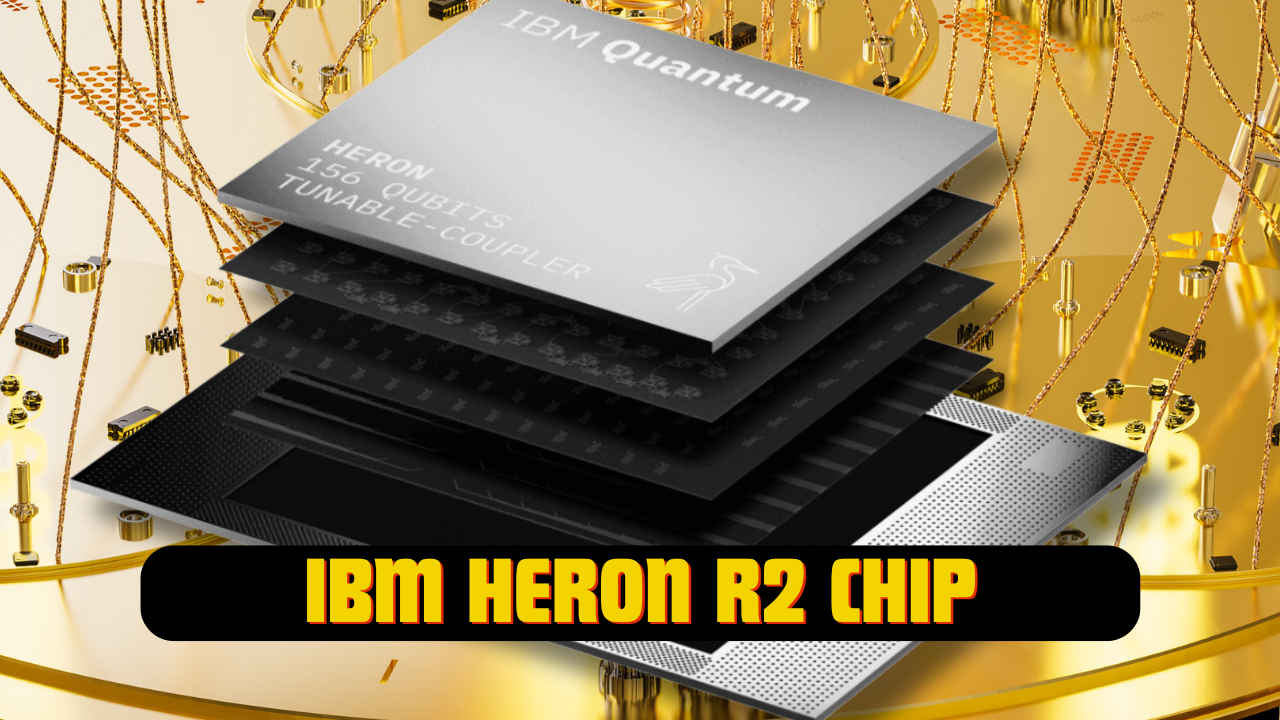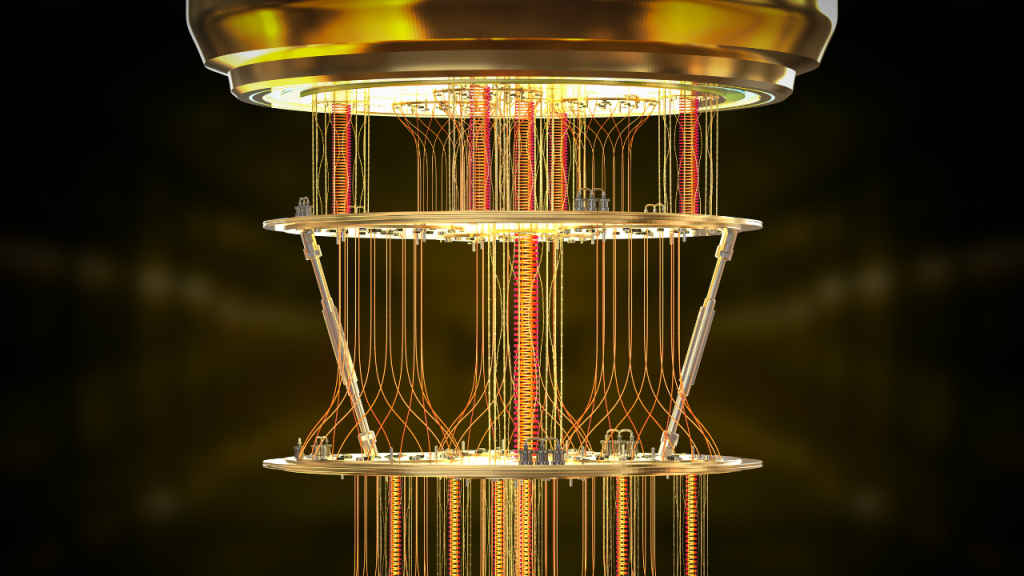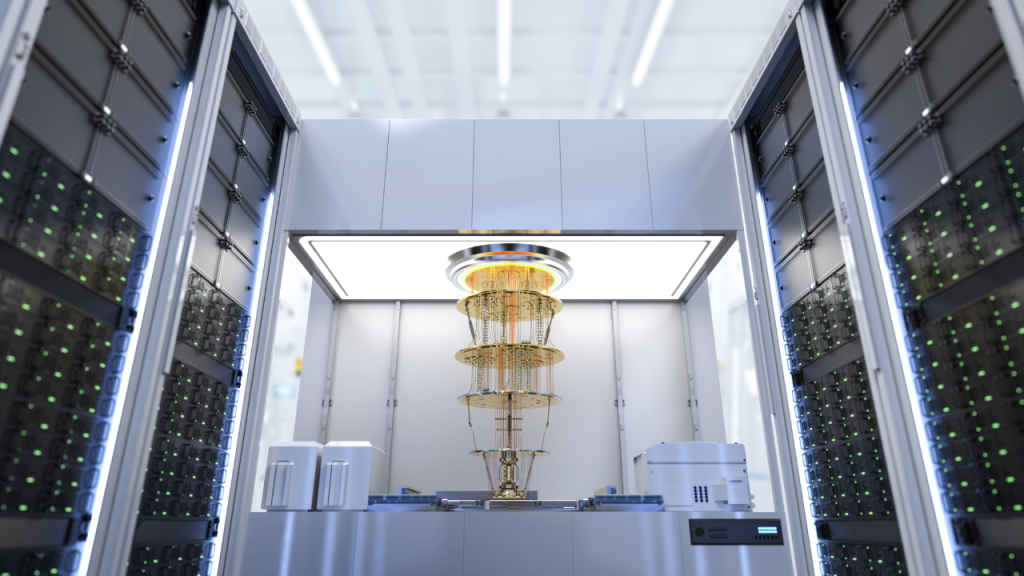IBM reveals faster Heron R2 quantum computing chip: Why this matters

When it comes to the cutting edge, the computing world is oversaturated with AI advancements. Unless you’re talking about quantum computing, where IBM continues to position itself at the forefront of innovation. That’s right, at its IBM Quantum Developer Conference 2024 last week, the company announced significant milestones in quantum computing, including its brand new Heron R2 quantum processor. Let’s see what all the fuss was about, shall we?
 Survey
SurveyBack in 2022, IBM had set itself an ambitious goal known as the 100×100 challenge. Its objective was to develop a quantum computer that could run circuits with 100 qubits at a depth of 100 gates, delivering accurate results within a day’s runtime. If you’re new to quantum jargon, think of qubits as the quantum equivalent of classical bits – 0s and 1s – the fundamental units of information in computing. Unlike bits, which are binary, qubits can exist in multiple states simultaneously, thanks to the principles of quantum mechanics. This property allows quantum computers to process vast amounts of data at unbelievably fast speeds.
Also read: PQC encryption standardised: How they secure our digital future in quantum computing era
Fast forward to November 2024, and IBM has not only met but exceeded this challenge. They’ve developed a quantum computer capable of executing circuits with up to 5,000 two-qubit gate operations. This isn’t just a feather in IBM’s cap, but a significant leap for quantum computing as a whole. It demonstrates that complex quantum algorithms can be run more efficiently and accurately than ever before, inching us closer to more powerful quantum computers in the near future.
IBM Heron R2 quantum processor
Undoubtedly one of the highlights of IBM Quantum Developer Conference 2024 was its unveiling of the Quantum Heron R2 processor. Sporting 156 qubits arranged in a heavy-hex lattice, this processor employs a tunable coupler architecture. In simpler terms, it’s designed to reduce “crosstalk” – the unwanted interactions between qubits that can introduce errors in computations. Reducing errors in computation – either classical or quantum – is how you increase the accuracy, reliability and overall performance of the platform. The IBM Heron R2 chip sports larger qubit count and performance capability compared to Google’s 70-qubits Sycamore chip unveiled in 2023 or Intel’s 12-qubit silicon-based Tunnel Falls chip from June 2023.

Imagine trying to have a conversation in a moving train compartment, where the background noise makes it hard to focus. The IBM Heron R2 processor effectively silences that background noise, allowing qubits to communicate more clearly and reliably. For example, it extends users’ ability to return accurate results from quantum circuits of nearly two times the size of IBM’s 2023 demonstration of quantum utility, while running up to 50 times faster in a timeframe slashed from 112 hours to 2.2 hours.
These advancements have real-world implications that could touch many aspects of our lives very soon. Quantum computers have the potential to solve complex problems that are currently too difficult or nearly impossible for classical computers – problems like optimising supply chains, discovering new pharmaceuticals, improving cryptography, and even tackling climate change models.
IBM’s progress in refining and upgrading its quantum hardware, specifically with the Heron R2 chip, allows it to process more qubits while improving computational accuracy. Thanks to these computational strides, a future where quantum computers could complement or even surpass classical computers in certain tasks is very much possible to achieve.
Quantum software upgrades
Hardware isn’t the only area where IBM has made strides. The company has also enhanced its quantum software stack, integrating significant improvements into Qiskit – IBM’s open-source quantum computing framework. These software upgrades optimise data movement and introduce a new generation runtime, resulting in speeds exceeding 150,000 circuit layer operations per second (CLOPS).
Also read: IIT Madras opens India’s quantum research doors, joins IBM’s quantum computing network
For researchers and developers, this means they can run complex quantum experiments more efficiently – up to 50 times faster than before. This accessibility accelerates innovation, allowing for more sophisticated experimentation and a quicker path to discovering practical quantum applications.
One of the longstanding challenges in quantum computing has been bridging the gap between theoretical potential and practical application. IBM’s recent achievements are significant steps in that direction. By improving both hardware and software, they’re addressing the two sides of the quantum coin. It’s an exciting time to be alive, and to witness such quantum computing breakthroughs!
Quantum computing challenges

However, the journey is far from over. Quantum computing still faces hurdles, particularly in error correction and scalability. While the Heron R2 processor reduces noise, completely eliminating errors remains a challenge – something that even IBM admits. Developing effective quantum error correction methods is essential for scaling up quantum systems without sacrificing accuracy.
Another key challenge in this field is transitioning from theory to application. You see, as companies like IBM, Intel or Google build larger quantum computers, engineering challenges multiply exponentially. Maintaining qubit coherence (their ability to maintain quantum states, a key requirement for any quantum computer) becomes increasingly difficult as systems grow in size and complexity. All of which demands a skilled workforce adept in quantum mechanics, engineering, and software development to drive the field forward at the necessary pace.
As far as IBM’s concerned, by successfully completing the 100×100 challenge and introducing the Heron R2 processor, IBM is pushing the boundaries of what’s possible in quantum computing. One qubit at a time.
Also read: Shaping the future of quantum computing: Intel’s Anne Matsuura
Jayesh Shinde
Executive Editor at Digit. Technology journalist since Jan 2008, with stints at Indiatimes.com and PCWorld.in. Enthusiastic dad, reluctant traveler, weekend gamer, LOTR nerd, pseudo bon vivant. View Full Profile